St. Helena – A 10 Year Reflection of a Fabulous Island
St. Helena – A very, very distant land
It is ten years today since I departed from Cape Town on the RMS St. Helena, one of the world’s last working Royal Mail ships, for the six-day run to the remote island of St. Helena. I like remote and unusual places, and adding St. Helena to my list of Odd Islands had been a long held dream.
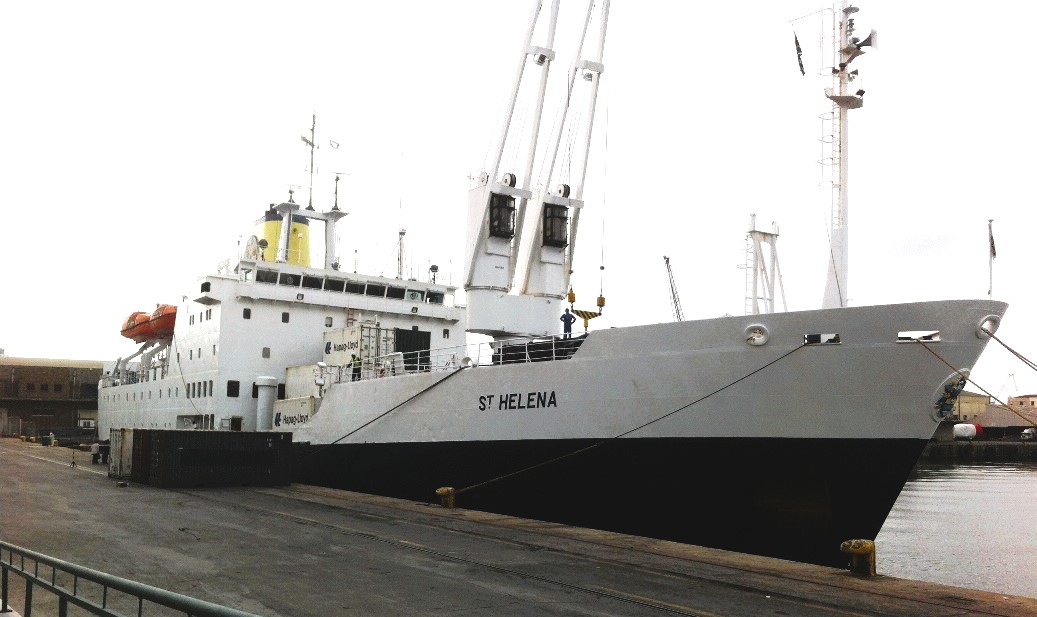
The island is one of the last vestiges of the British Empire; home to Napoleon in his final years of exile, and in its time, a vital chandlering port for the trade between Europe and both South America and Asia. Commerce and technology have made the island’s original purposes void, and today, the island sits quietly in the South Atlantic Ocean waiting for the few visitors that reach its shores.
At the time, there was no airport. One was being constructed by a South African company, whose chief engineer was on board the ship with us.
“Sixteen days for a five-hour meeting”, he complained; such was St. Helena’s isolation.
To compound his problems, the jetty at Jamestown is accessed through a 17th century gate, roughly the size of a garage door, and a Grade I listed building. Consequently, the airport had to be constructed in steps, with no piece bigger than this Georgian gate.

It worked, and today there are weekly flights connecting the island to Cape Town, and the ship has been sold to an Arctic research group.
The island, however, remains extraordinary.
Socially isolated and geographically distinctive, St. Helena is a remarkable place to visit. There are only slightly over 4,000 residents, including a “real” French consulate marking Longwood, Napoleon’s residence in exile and for ever French soil. Possibly the most curios diplomatic post that the French government offers.
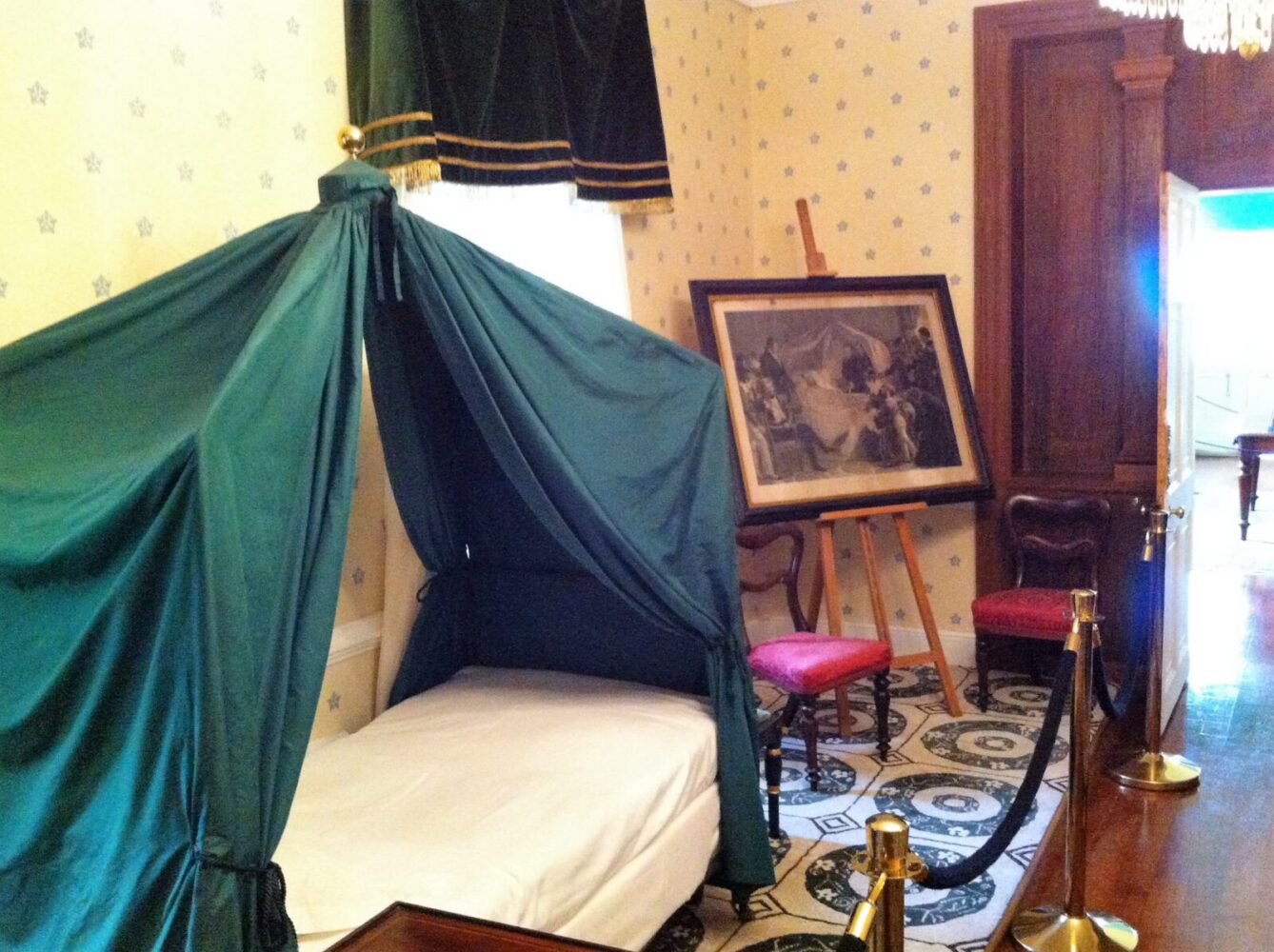
There is a British governor, and a local council seeing over the island’s affairs, and in general, it is a community that behaves itself well and minds its local economy effectively.
The capital, Jamestown, is a marvellous town. Lying in the cleft of two steep hills, it runs two kilometres back from the sea, and is a delightful example of Georgian architecture, unchanged in character for centuries.
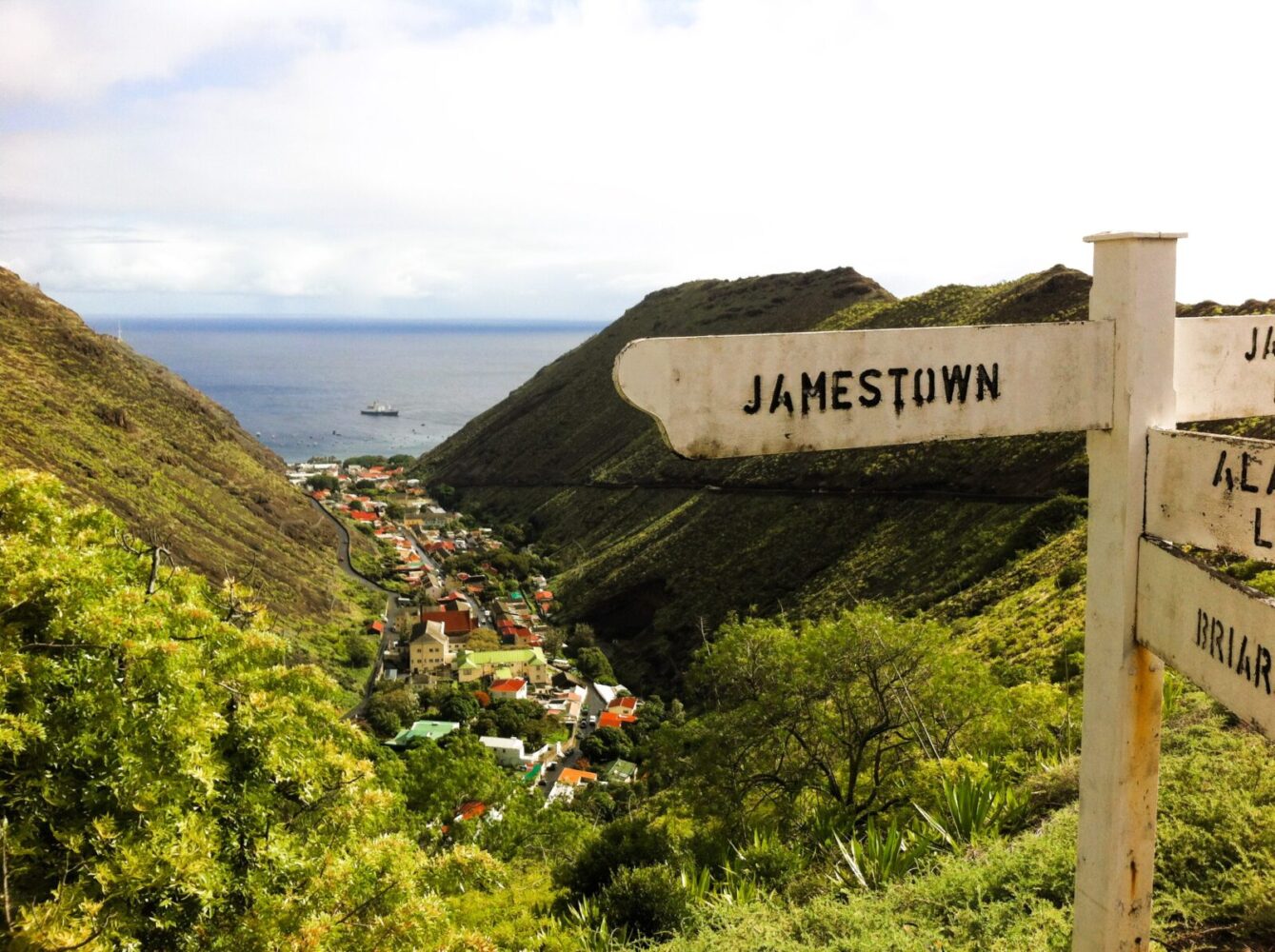
It is an island with a diameter of approximately eight kilometres and the widest point. Cutting across the island, one moves from arid desert to lush pastoral land to heavier flora to cloud forest and back along this same spectrum until one reaches the arid coastline once more.
I have absolutely no idea how this happens but can only surmise that it is a function of the island’s volcanic heritage, its consequential rugged (and unutterably gorgeous) topography and the mystical powers of wind/sun/rain on this isolated piece of land. Whatever the cause, St. Helena offers a wider variety of landscapes within a small region than one could dream possible.
The island is really a paradise for walkers, and there are about twenty different, well-mapped and adequately signed walking paths; from “difficult” challenges, walking along the spine of land linking two major peaks with one foot on each slope, to “easy” walks through the gentle, pastoral countryside there are outings to suit all.
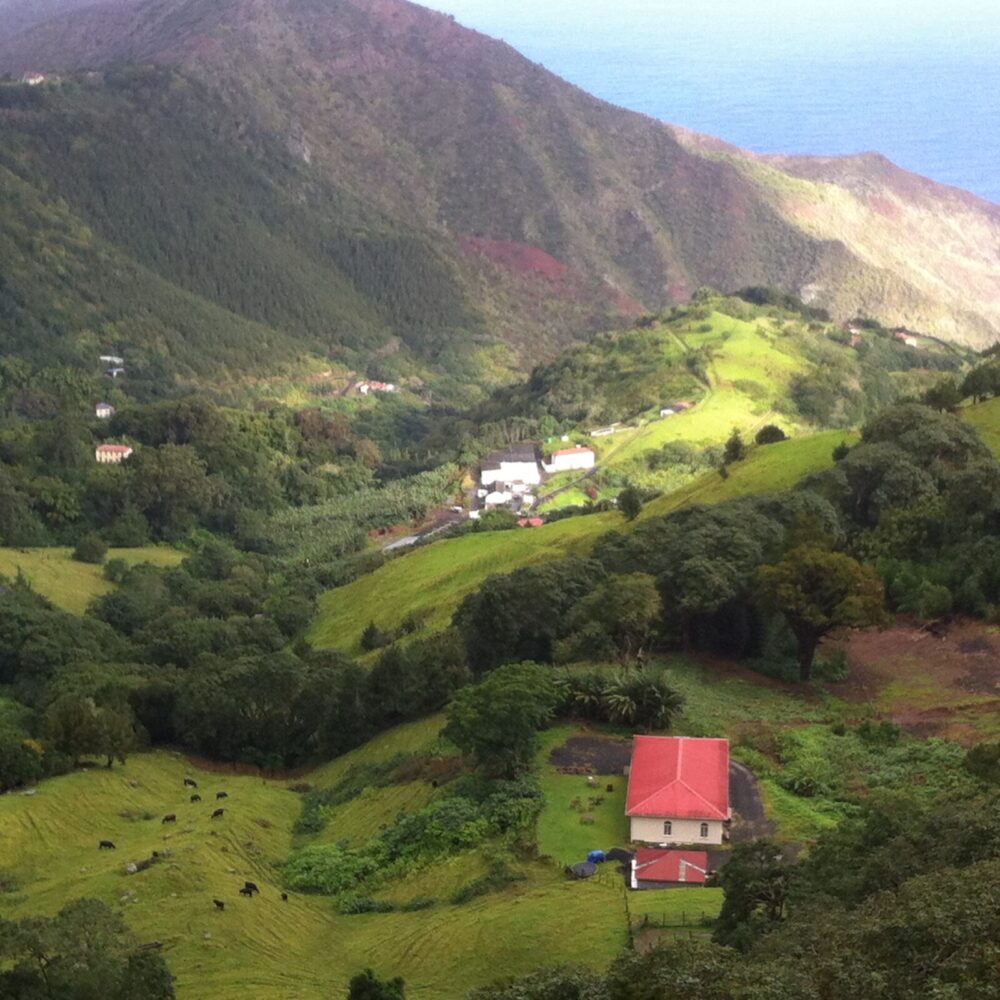
It is a strange countryside in many ways because although there are animals, and the normal atmosphere of the “countryside”, there is little activity. Although there are cows, all milk is imported; there are goats, and have been since the Portuguese introduced them in the 1500s, but not an ounce of chevre; there are fields, but limited vegetables.
This lack of agricultural activity is changing slowly, and new efforts are evident. The lack of production is variously explained by “EU regulations”, “UK Government disinterest”, “difficult land to work” and so on; there will be, as always, a grain of truth in each of these problems, but one would think that a remote, apparently fertile and hungry land would have come up with more activity; hopefully they will.
Visitor accommodation on the island is varied. Homestays, and the ubiquitous Airbnbs of course, but also some delightful, repurposed Georgian mansion. Built in 1670 to house the offices of the East India Company during its heyday, the mansion sits some six miles from Jamestown and offers visitors and guests a time portal back to the late seventeenth century.
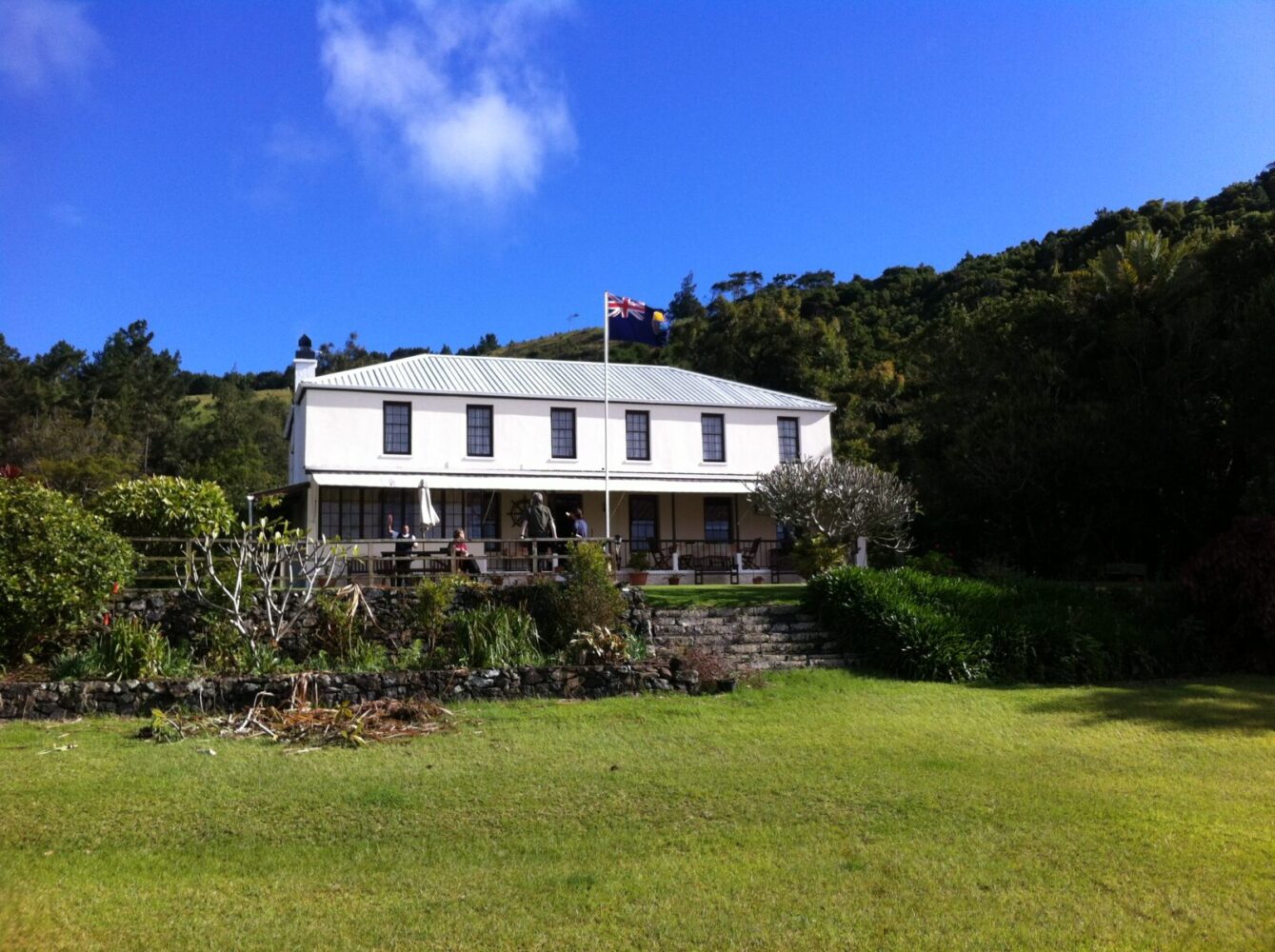
And what a century it was for the island.
Lying, as it does, in the mid-Atlantic, it was an ideal spot for ships travelling from Europe to either Asia or South America to stop and reprovision. At its peak, thousands of ships stopped by the island each year, causing Jamestown to become “too raucous with its taverns and brothels”. As a result, the cathedral, St. Paul’s, was constructed well out of the town.
The next 150 years continued unabated. Mutinies, measles and press gangs dominated local life, and as the British consolidated dominance over the seas, the island’s importance grew. It was in the early nineteenth century that life changed dramatically.
First, the island was determined to be suitable to hold Napoleon Bonaparte in exile having already failed to keep him secure in Elba. And so concerned were the British of a rescue mission being launched, two war ships continuously circled the island, one clockwise and one counter-clockwise, for the years of his exile.

And then the fatal blow. In 1839 a coaling station was established in Aden, and the journey time from Europe to Asia halved. The route, by sea to Alexandria, overland to the Red Sea and then by sea to Asia was speedy; and in 1869, the Suez Canal was the final nail in St. Helena’s coffin.
And so, the population stable between 4,000 and 5,000 “Saints”, the islanders have lived a quiet and off-grid life. The ship to Cape Town, and annually to Cornwall, was its only lifeline until the new airport dragged the island reluctantly into the present.
A referendum in 2002 passed with 72% of the population in favour of the link, and only twelve years later, the airport-that-needed-to-fit-through-a-small-gate was opened.
Now that there is regular air access, and more visitors arrive both for personal and commercial reasons, I imagine that the island of today has changed over the past decade.
But knowing the little that I do of St. Helena and “the Saints”, frankly I doubt it.
